Planets have so many incredible things to see. Today, I want to tell you about incredible facts related to the planets. There are nine planets every planet has its own story. Today we are going to explain the solar system planets. So, let us discuss the planets in brief today.
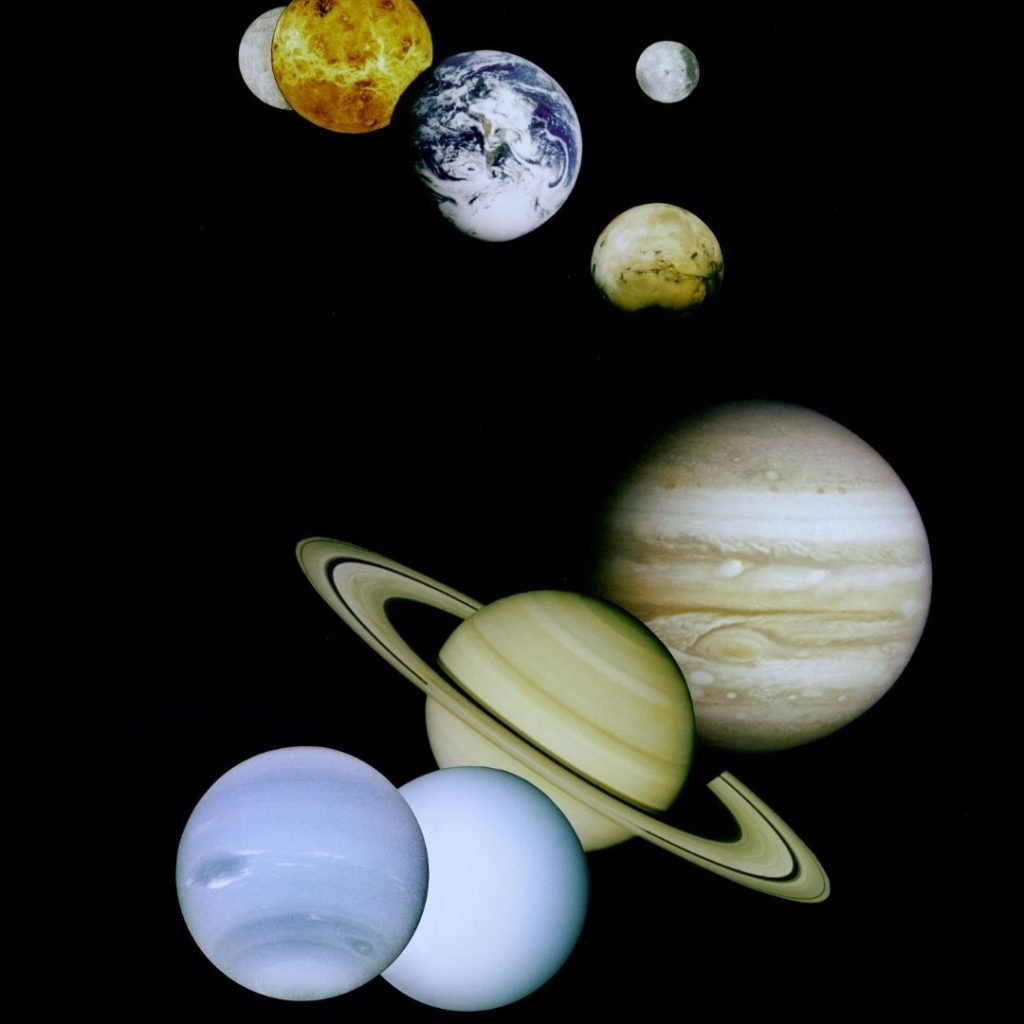
Let Us Explain About the Solar System Planets–
Mercury Planet
Mercury planet is our solar system planet. Its incredible fact is that Mercury is the smallest & fastest planet. This planet is also closest to the Sun but it doesn’t have the highest temperature. I mean to say that if this Mercury planet is near to the Sun then, it doesn’t mean mercury has a high temperature. Another fact about Mercury is that it is the smallest & second most dense planet in the Solar System.
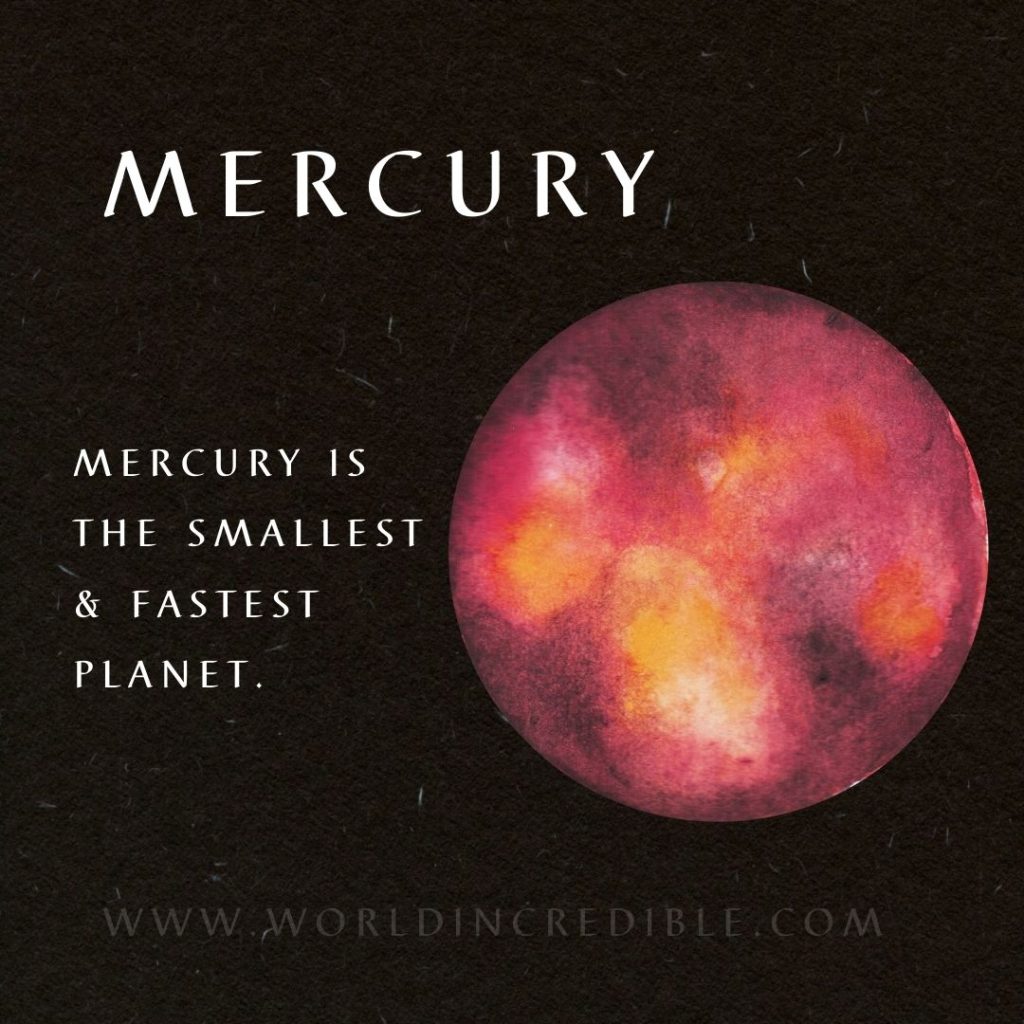
⦁ We can see Mercury planet with our naked eyes. It means that we can see Mercury planet without a telescope.
⦁ It is not determined yet who discovered the Mercury planet of the Solar system.
⦁ It was seen with the help of a telescope in the 17th Century by Galileo Galilei.
⦁ The distance from Mercury to Sun is 57.91 million kilometers. Sunlight takes about 3.2 minutes to travel from the Sun.
⦁ Orbit which is situated around the Sun travels with a speed of about 47 Kilometers per second or 29 miles.
⦁ Mercury has a radius of 2.439 km or 1516 mi.
⦁ The diameter of Mercury planet is 4.879 km or 3.032 mi.
⦁ Mercury planet has a mass of about 3.285 × 10^23 kg or about 5.5% that of Earth.
Venus Planet
Venus planet is also one of the hottest & brightest planets in the Solar system. Venus the first accurate observation was in 1610 by Galileo Galilei.
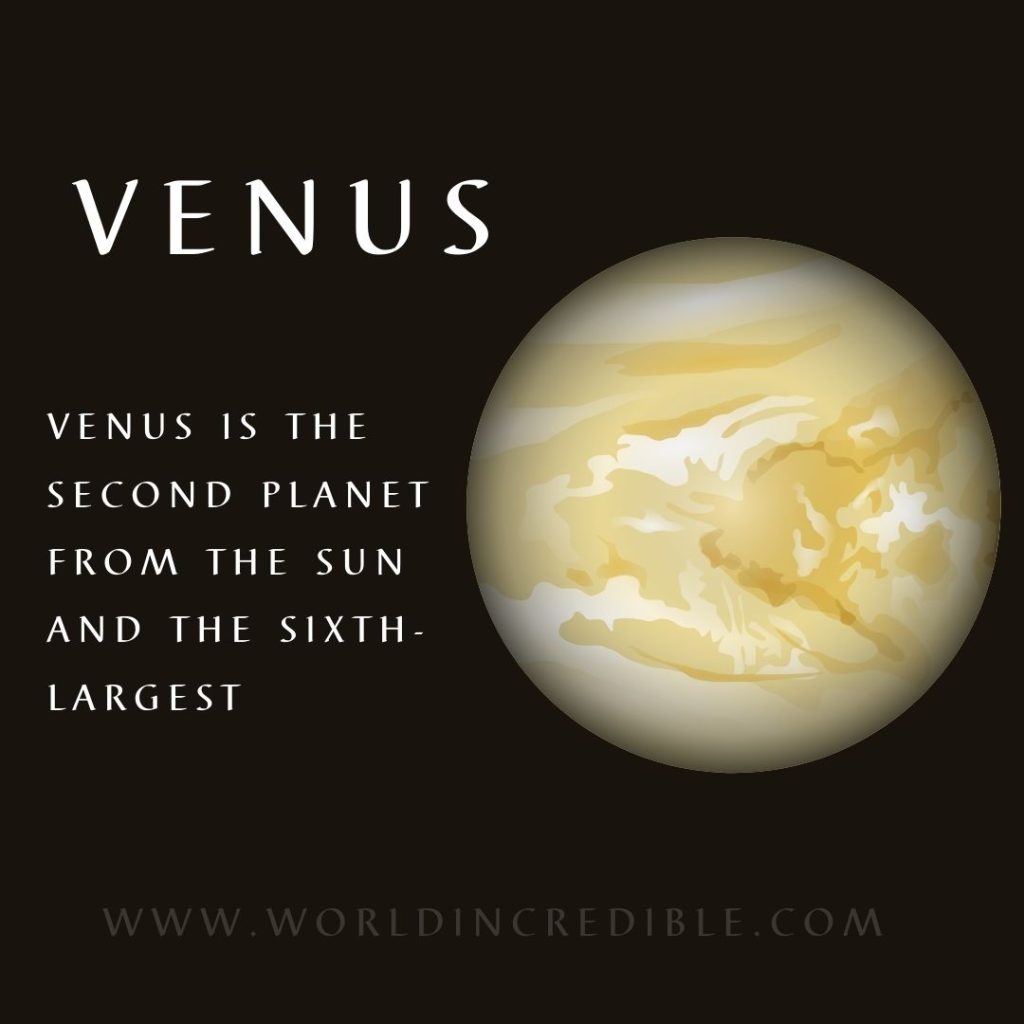
⦁ Venus looks like a moon through the telescope it is said to Galileo.
⦁ Venus is the brightest planet in the sky & also similar to the Moon, I already told you.
⦁ In ancient times, Venus’s name is given by the Roman Goddess of Beauty & Love.
⦁ In ancient times Venus was also called a Morning star & evening star too.
⦁ The Greek name of Venus is Aphrodite.
⦁ Venus planet is a single planet named after a female deity and is also the brightest planet in the Solar System.
⦁ Venus planet its surface is hidden by thick clouds thus it was for a long time believed that it was similar to Earth.
⦁ Venus’s radius is about 6.051 km or 3.760 miles.
⦁ Venus’s diameter is about 12.104 km or it is about 7.521 mi or slightly smaller than Earth.
⦁ Venus takes about 225 days to complete one trip around the sun.
Earth Planet
Earth is the 3rd planet in our Solar system. Earth is the fifth-largest planet where we live. On earth, there are so many evolutions occurring. Earth’s planet is incredible for everyone because only approved by scientists that life is possible on this planet with all needs of people.
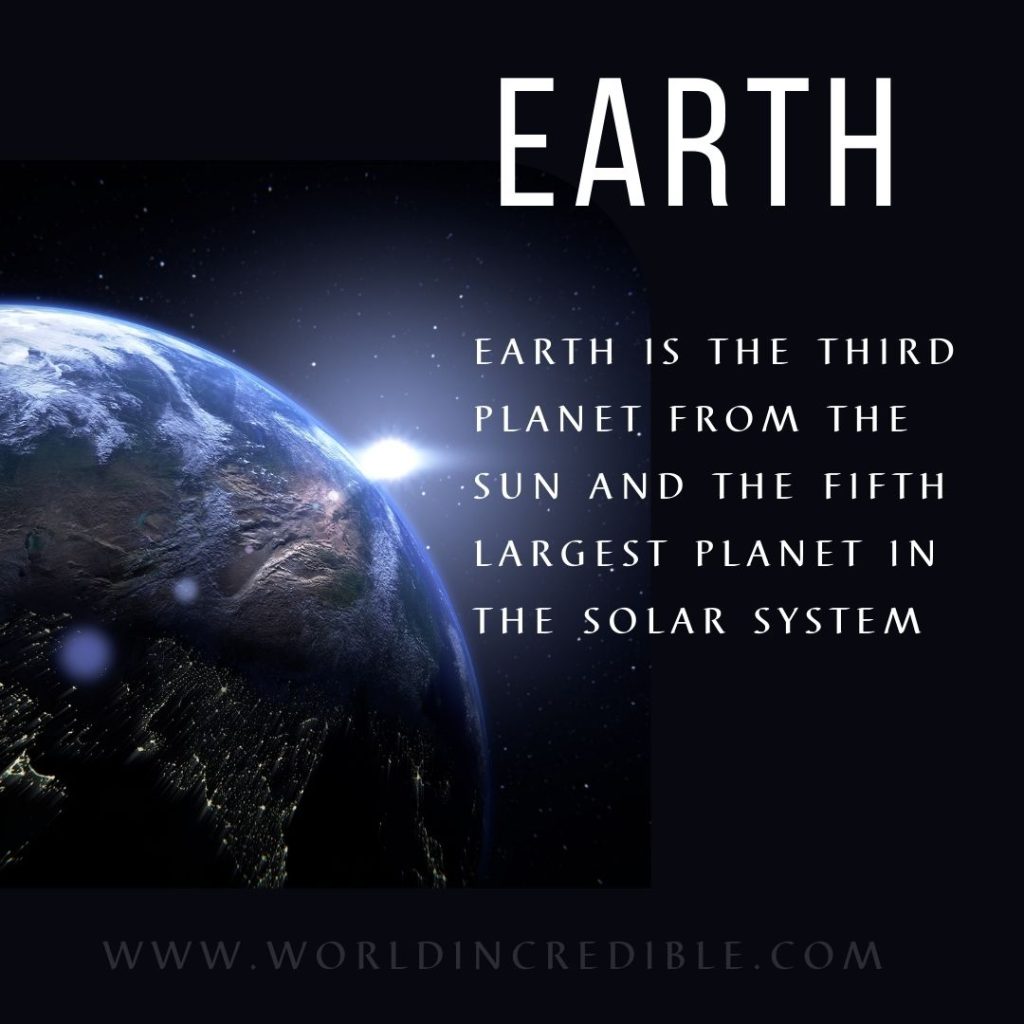
⦁ Earth was established in the 17th Century and this is possible by combined forces of mathematicians, philosophers & astronomers.
⦁ Earth name of this planet is old about 1000 years. In a Germanic word, it is translated as “the ground”.
⦁ Earth is the 3rd planet from the Sun, at a distance of 1 AU or 147 million km / 91 million mi.
⦁ Earth radius is about 6.371 km / 3.958 mi.
⦁ Earth’s diameter is about 12.742 km / 7.917 mi.
⦁ Earth’s surface area is about 197 million square miles / 510 million square kilometers.
⦁ Around 71% of the surface is covered by water and 29% by land.
⦁ The water is 3% fresh and 97% salt. Of that 3% freshwater, over 2% is frozen in ice sheets and glaciers meaning that less than 1% is fresh water found in lakes, rivers, and the underground.
⦁ The continent of Asia covers about 30% of all the land, having around 60% of the world’s population.
⦁ The atmosphere of Earth is composed of roughly 78% nitrogen, 21% oxygen, 0.97% argon and carbon dioxide, and about 0.04% other gases and water vapor. The mixture of gases is commonly known as air.
⦁ Earth can reach up to more than about 110 degrees Fahrenheit / 48 degrees Celsius, and the lowest is around -126 degrees Fahrenheit / 88 degrees Celsius, maybe even lower.
⦁ The atmosphere of Earth is divided into 6 layers: Troposphere, stratosphere, mesosphere, thermosphere, exosphere, and ionosphere.
⦁ Earth has only one satellite – the Moon which is true.
⦁ Earth’s shape is spherical and it was confirmed after so long.
⦁ Earth is formed around 4.5 billion years ago.
Mars Planet
This Mars planet is a red dusty planet, a cold world with a thin atmosphere. Mars is the 4th Planet from the sun. It is also the second smallest planet. Also, Mars is the most widely searched planet for life.
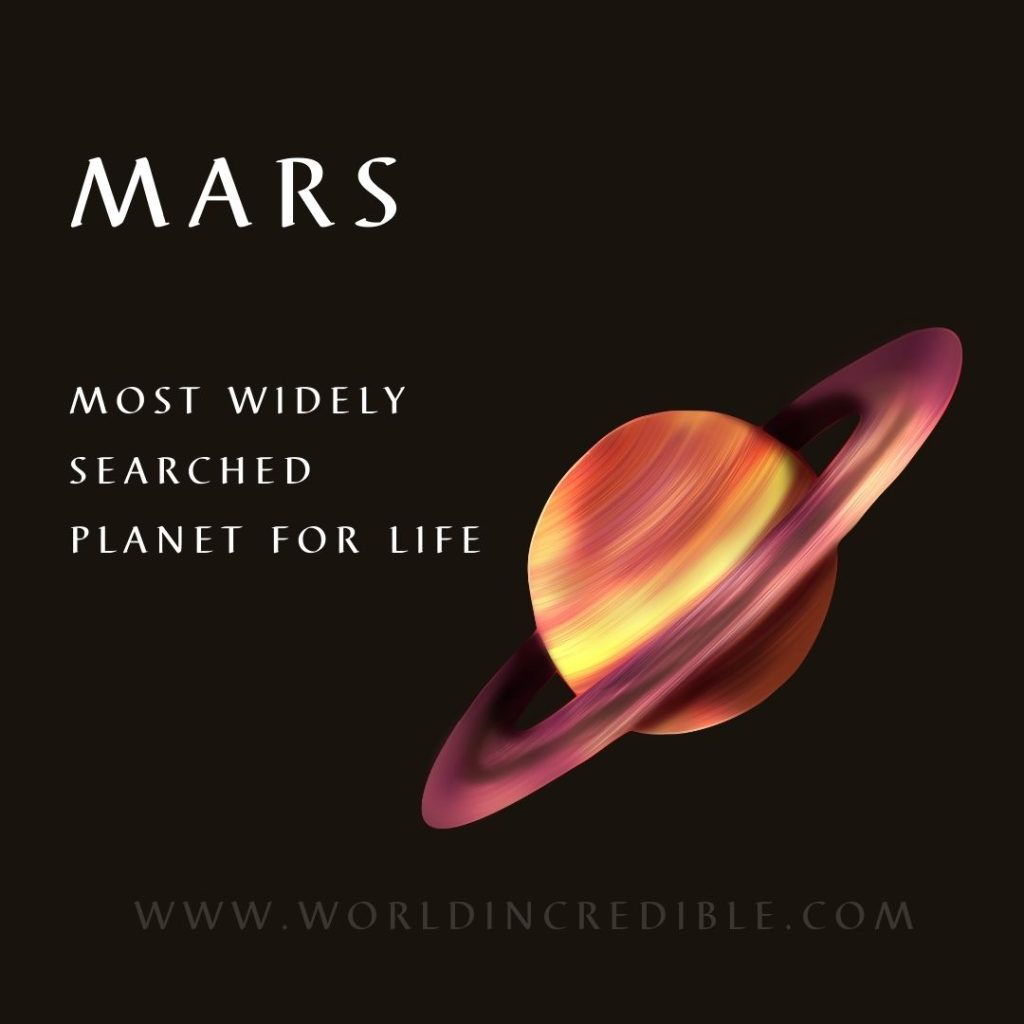
⦁ Mars is away from Sun and it is about 227.9 million km / 141.6 million mi.
⦁ It takes sunlight about 13 minutes to reach Mars.
⦁ The diameter of Mars is about 6.779 km or 4.212 mi.
⦁ Mars’s mass is about 6.42 x 1023 kilograms.
⦁ Mars consists of about 96% carbon dioxide.
Jupiter Planet
Jupiter is a massive planet. Jupiter is the fourth brightest object in the sky. Jupiter is the fifth planet from the Sun and the largest planet in the Solar System.
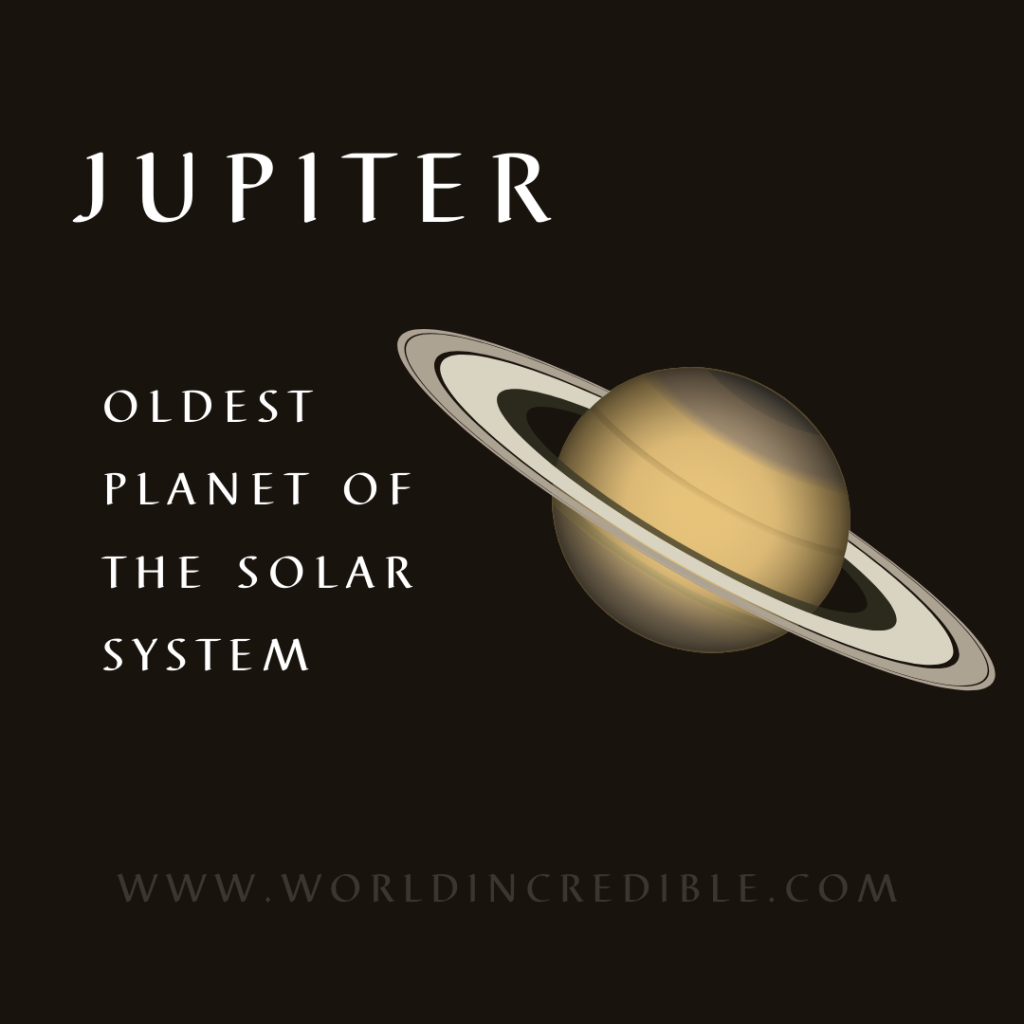
⦁ Jupiter is the 5th planet in the Solar system.
⦁ Jupiter’s distance from the Sun is about 5.2 AU.
⦁ Jupiter’s radius is about 43.440 miles / 69.911 km.
⦁ Jupiter’s diameter is about 83.082 mi / 133.708 km.
⦁ Jupiter is also 2.5 times more massive than all the other planets.
Saturn Planet
Saturn is a unique and interesting planet. Saturn is the sixth planet in the solar system. Saturn has the largest planetary rings. Saturn planet is the second largest planet after Jupiter.
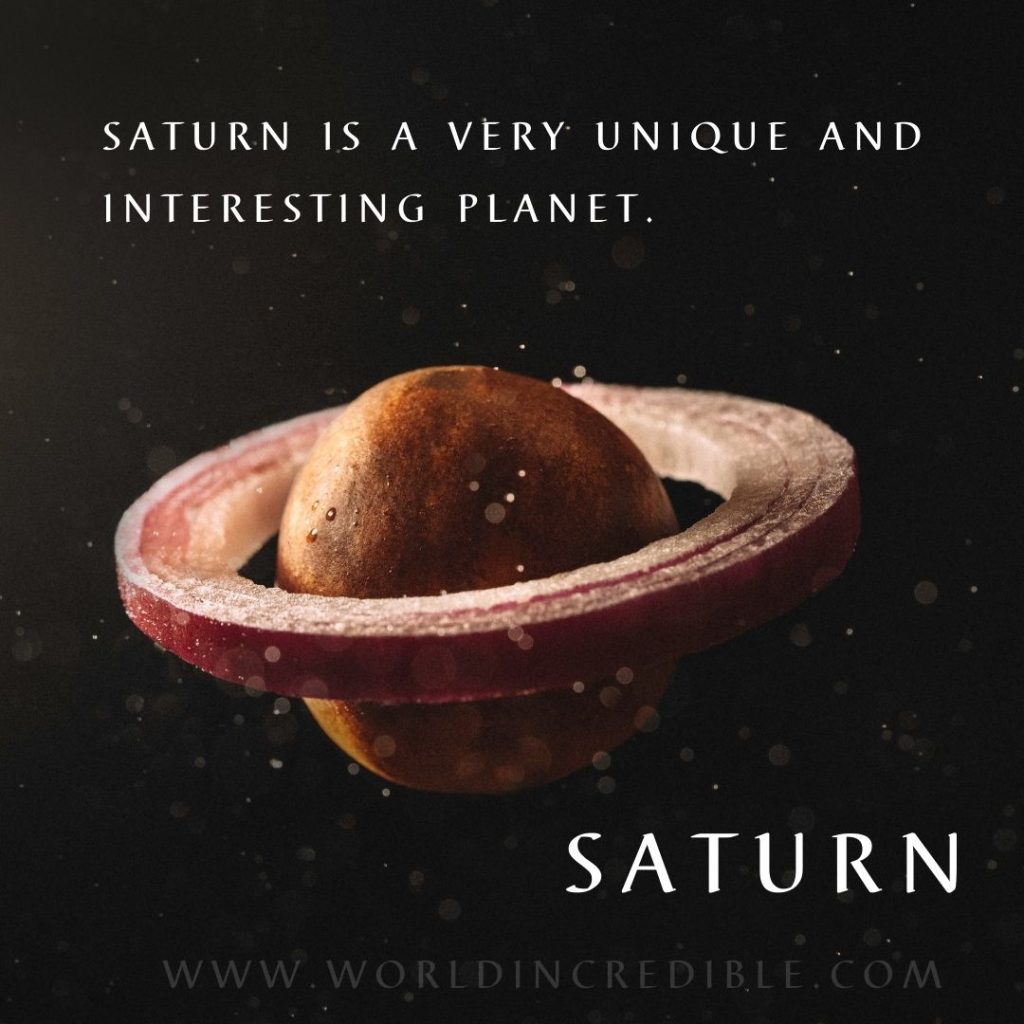
⦁ Saturn’s name comes from the Roman god of harvest and time.
⦁ Saturn’s radius is about 58.232 km or 36.183 mi.
⦁ Saturn’s diameter is about 120.536 km or 74.897 mi.
⦁ Saturn planet is also nicknamed as “Ringed Planet”.
⦁ The telescopic observation was conducted by Galileo Galilei in 1610.
⦁ Saturn is 9.5 times away from the Sun.
Uranus Planet
Uranus is the seventh planet in the solar system. Uranus is the third-largest planet in the Solar System. Neptune, they are both referred to as ice giants.
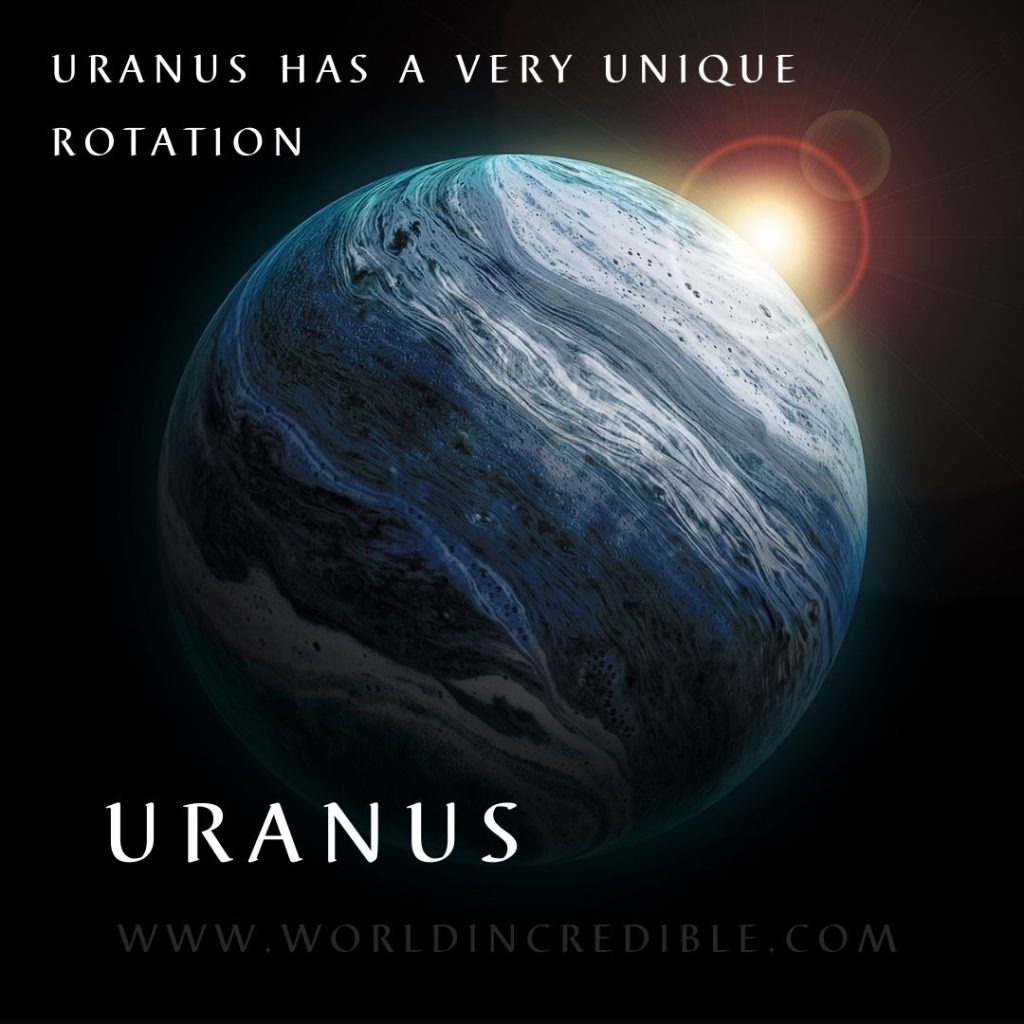
⦁ Uranus is the 7th planet from the Sun, around 1.8 billion miles.
⦁ Uranus radius of 25.362 kilometers or 15.759 miles.
⦁ Uranus gravity is about 8.87 m/s².
⦁ Uranus is the third-largest planetary & radius is about 25.362 kilometers or 15.759 miles.
Neptune Planet
Neptune is now the most distant planet in the solar system. Neptune is the dark & cold world about 3 billion miles from the sun. Neptune is the 4th largest planet in the solar system. The wind speed is so high on this planet. Neptune planet is predicted in 1846.
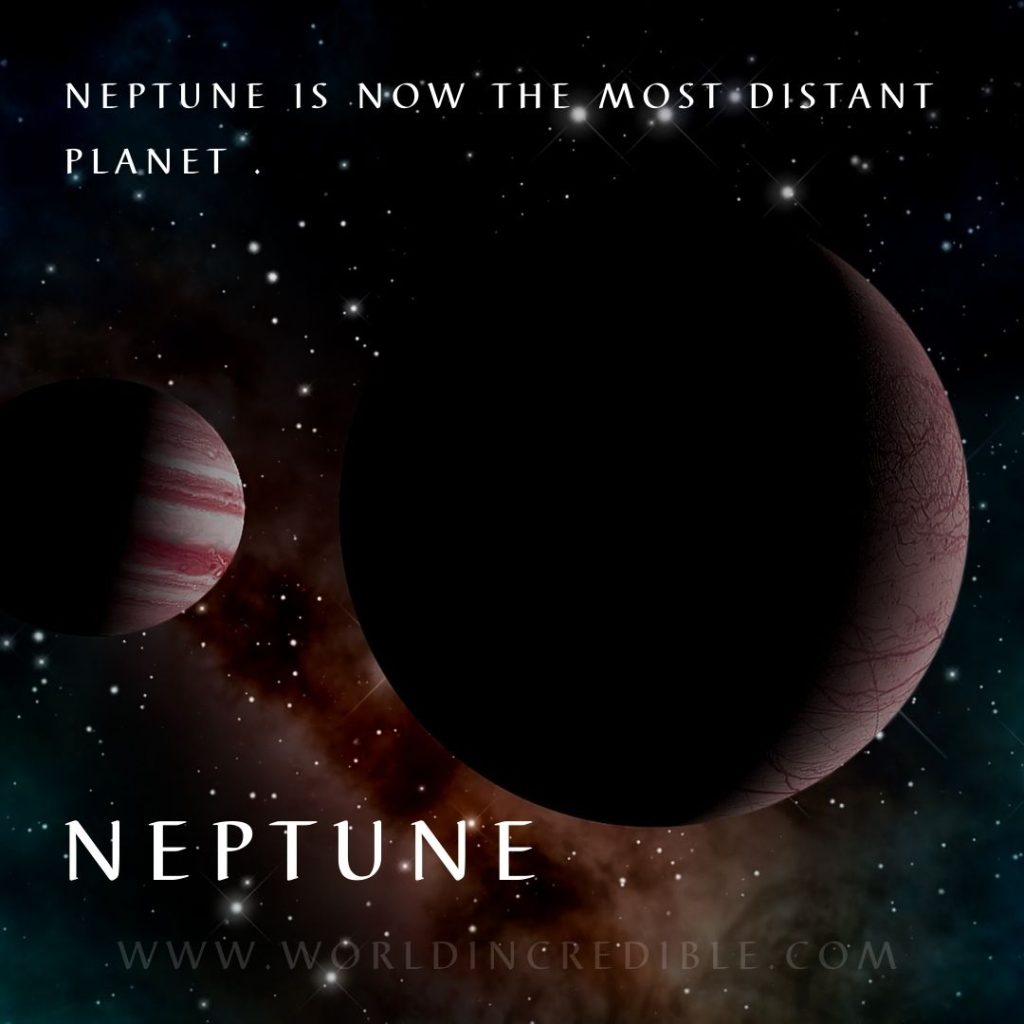
⦁ Neptune’s color is influenced by the presence of methane.
⦁ Neptune’s radius is about 15.387 miles or 24.764 kilometers.
⦁ Neptune was discovered in 1613 by Galileo Galilei.












